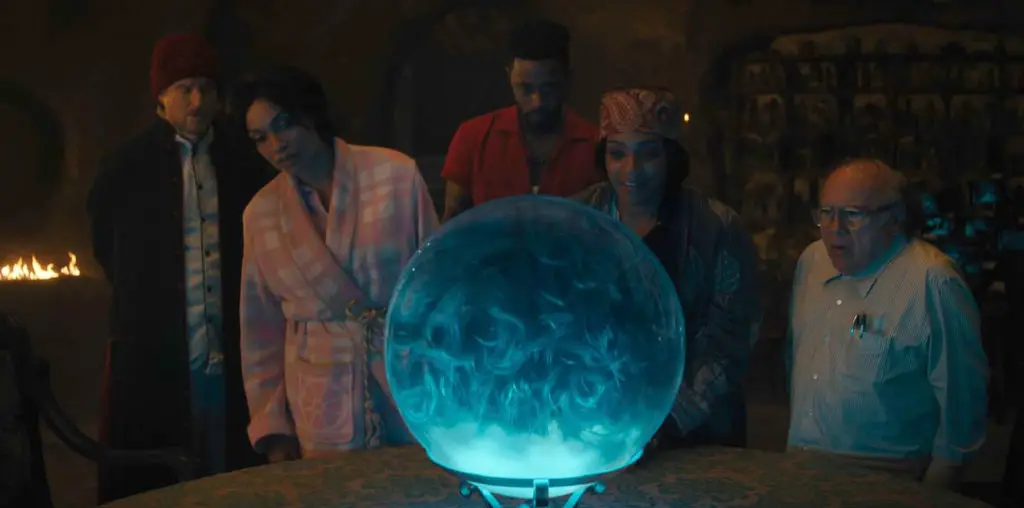
In the 1960s and 70s, thousands of Native American women were either forcibly sterilized or coerced into sterilization by doctors acting under US government programs. In Amá (which means mother in Navajo), director Lorna Tucker shines a light on the issue through interviews with Native American women who were affected, doctors who knew about the programs, and activists.
Most Americans know about the forced relocations of Native Americans such as the Trail of Tears. Fewer know about the cultural destruction and genocide that continued after. Native Americans were separated from their families, sent to boarding schools, forced to speak English, and not allowed to communicate with their siblings. Many women were then sterilized under aggressive population control policies advocated by the US government. The main subject of Amá is Jean Whitehorse, a Native American woman who suffered through all of this. She went in for an appendectomy, only to wake up with the wrong kind of scar.
“Many women were then sterilized under aggressive population control policies advocated by the US government…”
The program wasn’t some top-down order to commit genocide, which makes it all the harder to uncover and piece together. Instead, it came about from a variety of factors. In the 1960s, the government feared overpopulation and was undertaking new initiatives to provide various forms of birth control. This in an of itself isn’t necessarily bad, but when combined with the paternalistic and racist attitudes of the time, things went awry. Doctors felt that they knew better than their poor patients, and if patients were having babies out of wedlock, some doctors felt they needed to put an end to it. They claimed they were helping people out of poverty. But there were also perverse incentives—doctors got more money to perform sterilizations than to provide reversible birth control. They sometimes got women to sign consent forms as they were under the effects of anesthesia, or they didn’t fully explain what they were consenting to, or they coerced women into signing by other means. These kinds of tactics were used on poor women around the US, but the problem was particularly acute in the Native American community, where many got their health care through the Indian Health Service.
“…the producers got…one of the masterminds of the program to tell his side of the story…”
Jean Whitehorse deserves credit for being brave and selfless enough to tell her story and to advocate for justice. Remarkably, the producers got Reimert T. Ravenholt, one of the masterminds of the program to tell his side of the story. Another doctor recounts how action was taken to strip him of his license to practice medicine after he spoke up about abuses under programs like these.
Technically, Amá just barely achieves its mission. The production values aren’t high—the sound is not great in parts, there are too many talking heads, and some scenes play a little long. It seems like it needs the interviews of a few more women who had this experience, and a more authoritative accounting of how exactly this happened. For example, the claim is made that this is still going on in the titles at the end, though no evidence is provided. The director, who is not from this community, inserting herself into the story through narration also distracts from the message. I understand the reasons—it seems like no one was telling this story, so Lorna Tucker felt she had to, even on a low budget. And many women feel shame, or simply don’t want to be put through the pain of talking about it, so it is hard to find people who will talk on camera. These are forgivable sins. Despite its shortcomings, Amá is an important and powerful documentary, and it ought to be seen by as many people as possible.

Amá (2018) Directed by Lorna Tucker. Featuring Jean Whitehorse. Amá screened at the 2019 Santa Barbara International Film Festival.
Rating: 7/10


